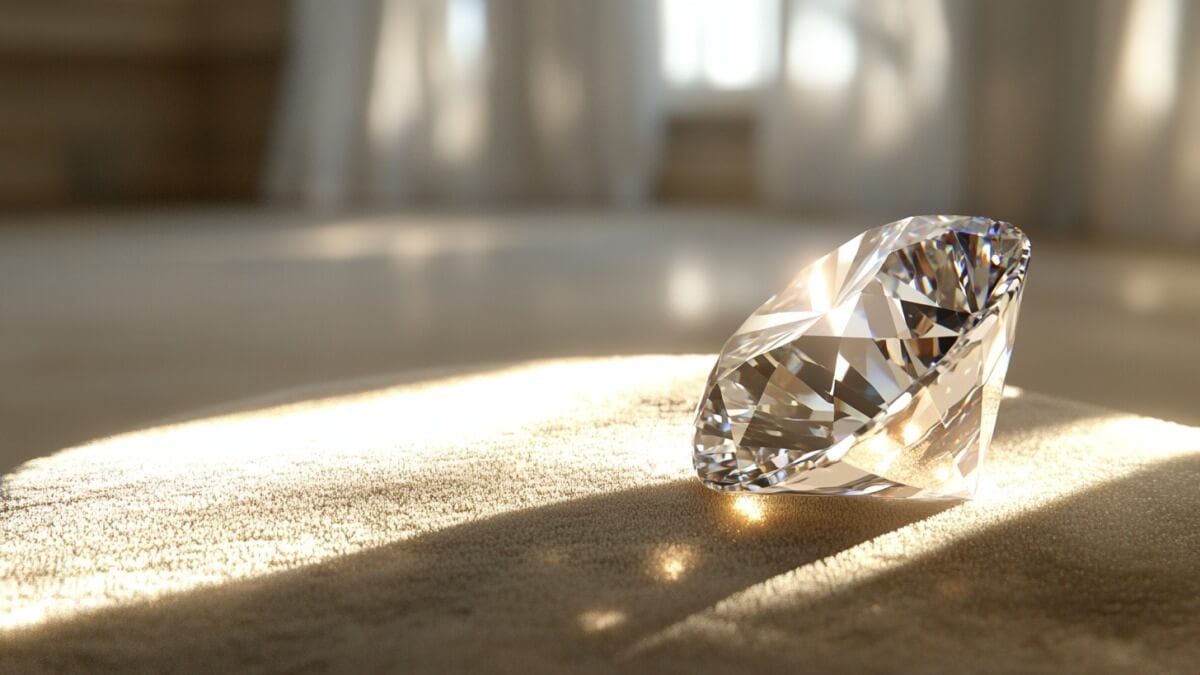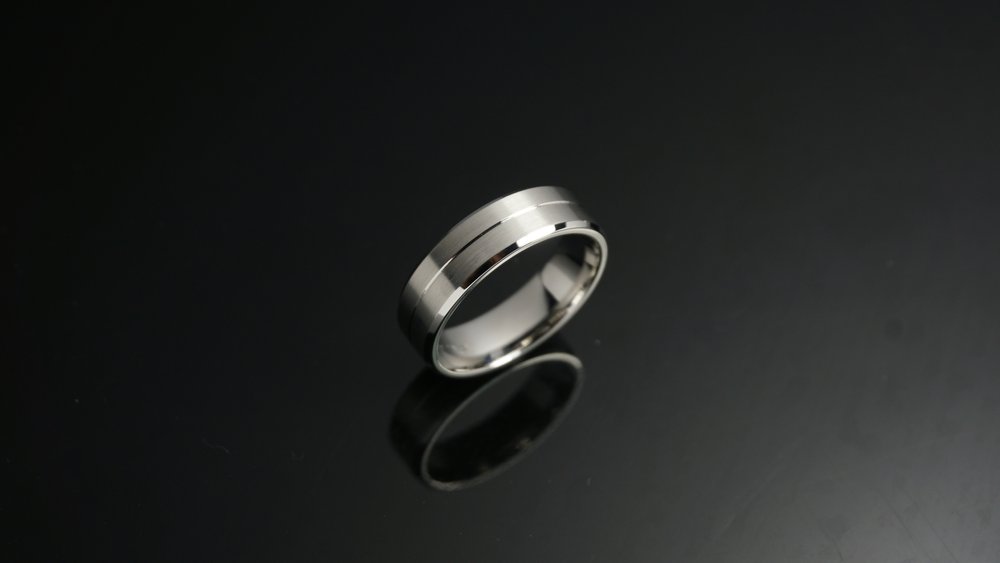In recent years, lab diamonds investment have become a significant topic of discussion in the world of investments and fine jewelry. With their growing popularity, many investors and consumers are intrigued by the potential of lab-created diamonds. This article explores the fundamentals of investing in lab diamonds, the benefits of lab-created diamonds, and factors to consider before making an investment.
What Are Lab-Created Diamonds?
Lab-created diamonds, also known as synthetic or cultured diamonds, are gemstones that are produced in a controlled environment using advanced technology. Unlike natural diamonds, which are formed over billions of years under the Earth’s surface, lab diamonds are created within weeks or months in a laboratory setting. Despite the differences in their origin, lab diamonds are chemically, physically, and optically identical to natural diamonds.
The Science Behind Lab-Created Diamonds
Lab diamonds are made using two primary methods: High Pressure High Temperature (HPHT) and Chemical Vapor Deposition (CVD).
1. High Pressure High Temperature (HPHT): This method replicates the natural conditions of diamond formation by applying high pressure and high temperature to carbon. The result is a diamond that mirrors the characteristics of natural diamonds.
2. Chemical Vapor Deposition (CVD): In this method, a diamond seed is placed in a chamber filled with carbon-rich gases. The gases are ionized into plasma, which deposits carbon atoms onto the seed, gradually forming a diamond.
Both methods produce diamonds with the same hardness, brilliance, and clarity as natural diamonds, making them an attractive alternative for both consumers and investors.
Why Invest in Lab-Created Diamonds?
Investing in lab-created diamonds offers several advantages over traditional investments and natural diamonds:
1. Cost-Effectiveness
Lab diamonds are generally more affordable than their natural counterparts. The reduced production costs and the absence of mining expenses contribute to their lower price point. This cost-effectiveness allows investors to acquire larger or higher-quality diamonds for the same investment amount compared to natural diamonds.
2. Ethical and Environmental Considerations
Lab diamonds are an ethical choice for conscientious investors. Unlike natural diamonds, which are often associated with environmental degradation and ethical concerns, lab-created diamonds are produced with minimal environmental impact and without labor exploitation. Investing in lab diamonds aligns with socially responsible investment practices.
3. Transparency and Traceability
Lab diamonds offer greater transparency in terms of their origin and production process. Investors can trace the history of their diamonds, ensuring that they meet high standards of quality and ethical production. This transparency enhances the appeal of lab diamonds for those who value integrity in their investments.
4. Market Growth and Demand
The market for lab-created diamonds has been expanding rapidly, driven by increasing consumer acceptance and demand. As more people become aware of the benefits of lab diamonds, their market value is expected to rise. Investing in lab-created diamonds now may offer significant long-term returns as the market continues to grow.
Factors to Consider Before Investing
While lab-created diamonds present exciting investment opportunities, there are several factors to consider before making a decision:
1. Market Volatility
Like any investment, lab diamonds are subject to market fluctuations. The value of lab-created diamonds can be influenced by changes in consumer preferences, technological advancements, and economic conditions. Investors should stay informed about market trends and potential risks.
2. Quality and Certification
Ensure that the lab diamonds you invest in come with proper certification from reputable gemological laboratories. Certification provides a guarantee of the diamond’s quality and authenticity. Look for diamonds that are graded based on the 4Cs: Carat weight, Cut, Color, and Clarity.
3. Storage and Insurance
Proper storage and insurance are essential for protecting your investment. Lab diamonds should be stored in a secure location, such as a safe deposit box, and insured to safeguard against loss or damage. Consult with a financial advisor or insurance professional to determine the best options for your investment.
4. Resale Value
Consider the potential resale value of lab diamonds. While lab created diamonds are gaining popularity, their resale market may not be as established as that of natural diamonds. Research the current resale trends and seek advice from experts to assess the long-term value of your investment.
Conclusion
Lab-created diamonds offer a unique and compelling investment opportunity for those looking to diversify their portfolios with ethical and innovative assets. With their cost-effectiveness, ethical advantages, and growing market demand, lab diamonds are poised to become a significant player in the world of fine jewelry investments. By understanding the science behind lab diamonds, evaluating market factors, and considering quality and certification, investors can make informed decisions and potentially reap substantial rewards from this emerging market.






